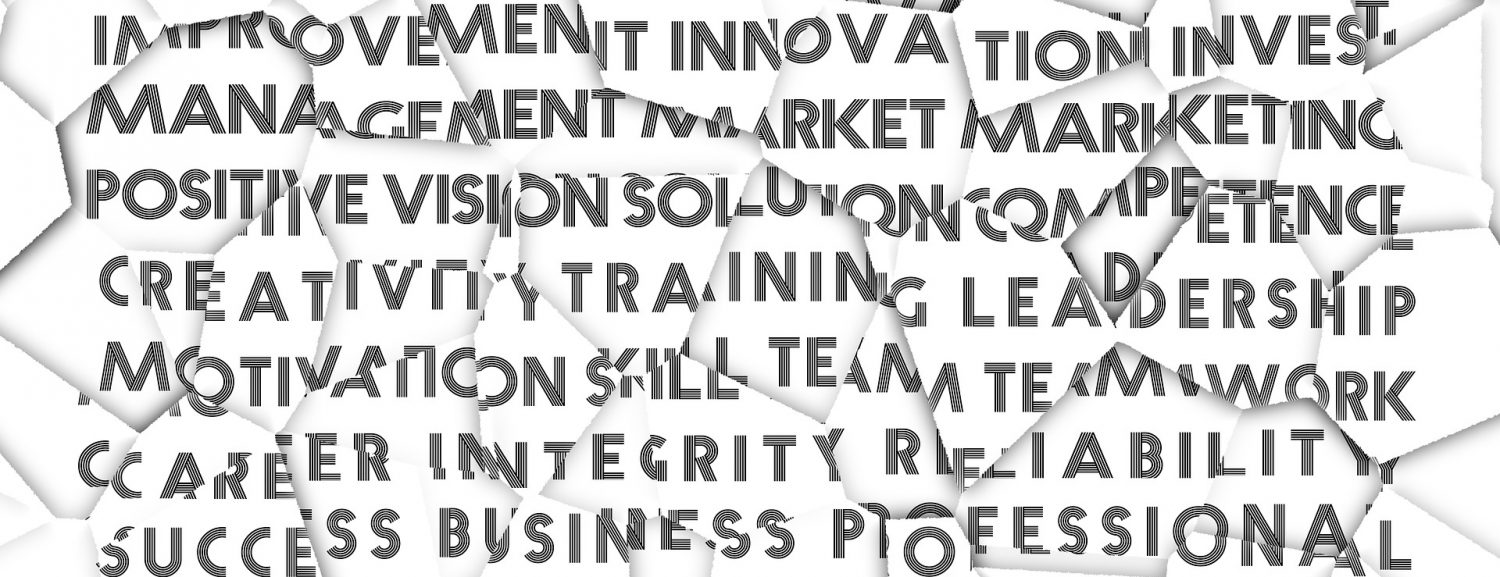Transformational Leadership While Transforming a Museum
As another week has passed without a Membership Coordinator, I have begun to take more notice of the leader/follower dynamics within the development office. Now tasked with managing us interns, the Director of Development has adopted a more transformational role than I expected. Before, I was content with the more basic tasks like editing letters and opening mail, but he has given us more and more complex projects, partially out of necessity, and partially because of his trust in our work. Carter and I also work very closely with our new Grant Writer, and despite his position as a paid employee on par with the Membership Coordinator, my experience with the museum since March allows me to collaborate with, rather than work for my coworkers. Frankly, the “hierarchy” of the department frequently dissolves, especially in the midst of larger projects. Obviously, the interns are not cleared to handle any of the larger donations or deals, but the department most certainly follows a collaborative, transformational leadership structure, rather than a power structure as outlined by James McGregor Burns.
Despite work that can sometimes seem a bit boring or monotonous, I’ve noticed that the Director of Development has really tried to adopt a more transformational focus for the department and our external communications. While my work with memberships can seem a bit transactional, most of what actually leads people to buy and retain their membership is a belief in our mission. If members have a better understanding of where their purchases are going, they are more likely to feel good about purchasing or renewing a membership. The entire museum prides itself in its mission, which always serves as a good reminder as to why we get up in the morning and come into the office. As we are given more and more complex projects, we learn more and more about the meaning of our museum in both the local and international landscape. It can be a bit frustrating when you open a letter from someone upset by the obscenely politically correct direction the museum is heading, but that “politically correct” direction is what allows people of all backgrounds to have access to a more comprehensive narrative of our country’s history. Usually when we come across these more close-minded donors or visitors, we discuss how they are included in the museum’s future and how to . Only a few months after the museum’s opening, our goal has been to elevate the museum’s new mission onto the national and international stage and move into a more progressive and inclusive future of historic education. Even if it takes half my week to produce hundreds of mailings with this new message, the transformational leadership in my office and attitude throughout the museum makes all of those basic intern tasks worth it.
